Top 10 Packaging Design Tips for Captivating Products
Did you know that packaging plays a vital role in influencing purchasing decisions? A staggering 72% of consumers admit that their purchasing choices are influenced by packaging design alone! That's right, folks. How you package your product can make or break its success in the market.
So, whether you're a seasoned packaging pro looking for fresh inspiration or a budding entrepreneur eager to make a splash with your new product, these tips will help you create beautiful packaging.
We'll explore everything from colour psychology to typography, sustainable materials, innovative shapes, and more. Get ready to unleash your creativity and create packaging that grabs your brand's attention and tells a compelling story.
But before we jump into the nitty-gritty, let's take a moment to reflect on the importance of packaging design. Did you know that 64% of consumers try a new product simply because the packaging catches their eye? No wonder companies are investing more time and resources into designing eye-catching packaging that stands out in a crowded marketplace.
With many products vying for attention, your packaging must be more than just a pretty face. It needs to communicate your brand's values, establish a connection with your target audience, and convey the unique benefits of your product—all in a split second!
So, whether you're designing packaging for food and beverages, cosmetics, electronics, or any other product category, these top 10 packaging design tips will equip you with the knowledge and inspiration to create exquisite packaging that wins hearts and drives sales.
Are you ready? Let's dive in and unlock the secrets of genuinely captivating packaging design!
- 1 - Understanding the Target Audience
- 2 - Emphasising Brand Identity
- 3 - Prioritising Simplicity and Clarity
- 4 - Harnessing Colour Psychology
- 5 - Creating a Visual Hierarchy
- 6 - Incorporating Unique Shapes and Structures
- 7 - Prioritising Sustainability
- 8 - Incorporating Interactive Elements
- 9 - Testing and Iteration
- 10 - Staying Current with Industry Trends
- Wrapping Up the Packaging Design Tips
1 – Understanding the Target Audience
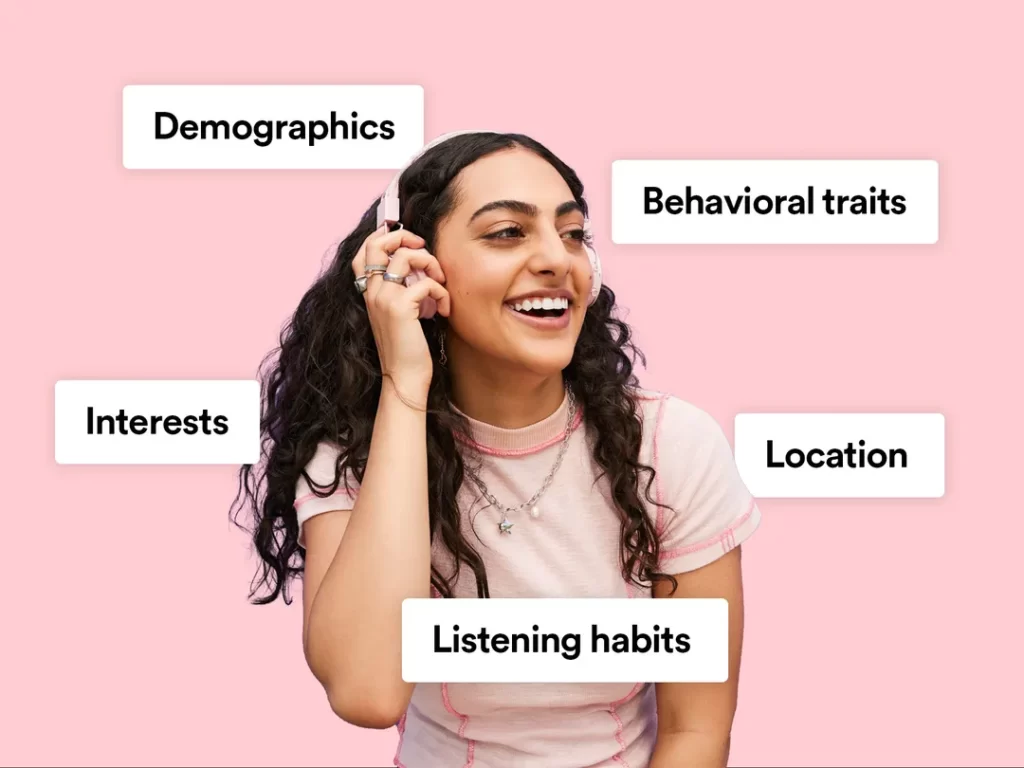
Before we jump headfirst into the exciting world of design, it's vital to take a step back and get to know your target audience inside and out. Trust me; this groundwork will pay off big time. So, let's talk about how you can do just that!
First things first, conducting thorough market research is an absolute must. You want to dig deep and uncover all the juicy details about your potential customers—their demographics, preferences, and buying behaviours. Think of it as unravelling the mystery behind your audience's minds and hearts. Once you've gathered this treasure trove of information, you'll have a solid foundation to create packaging that truly connects with and captivates your target audience.
Market research is like putting on your detective hat and digging into every nook and cranny of your target market. You want to know who they are, where they come from, and what makes them tick. Are they young professionals who love innovative products? Or perhaps they're parents seeking reliable and family-friendly solutions. Whatever it may be, understanding their unique needs and desires will guide you in designing packaging that speaks directly to them.
Now, let's talk about why this research is so essential. Imagine you're an adventurer setting out on a grand quest. You wouldn't venture into the unknown without a map or any knowledge of the dangers ahead, would you? Well, the same principle applies here. Your packaging design journey is like that epic adventure; your target audience is your guiding star.
By delving into market research, you're equipping yourself with valuable insights to help you make informed decisions. You'll uncover valuable nuggets of information, like which colours, fonts, or imagery resonate most with your audience. You'll discover the messaging and language that grabs their attention and compels them to take action. With this knowledge, you can design packaging that catches their eye and speaks directly to their desires and needs.
Think of it this way—your target audience is a unique group of individuals with quirks and preferences. They're like puzzle pieces, and your job is to create a packaging design that fits seamlessly into their lives. Without understanding who they are and what they want, you'd fumble in the dark, trying to fit square pegs into round holes. But armed with thorough market research, you'll have the insights you need to create a tailor-made design for them.
2 – Emphasising Brand Identity
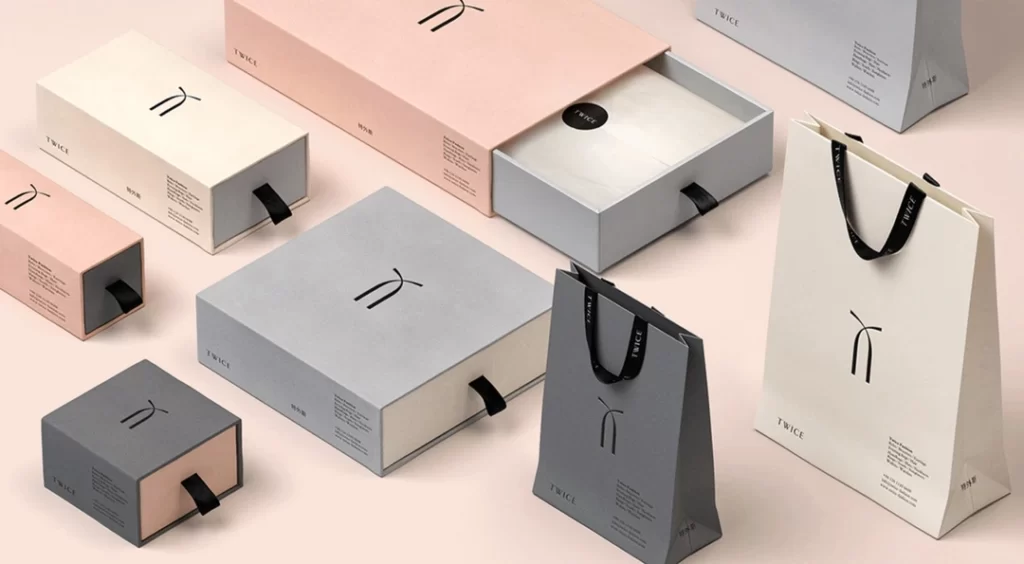
Packaging is crucial in showcasing your brand's essence and creating a lasting impression. It serves as a tangible representation that protects your product and communicates your brand's values, personality, and what makes it stand out from the competition. So, when it comes to designing your packaging, you need to carefully consider various elements that align with your brand identity and evoke the desired emotions in your customers.
Let's start with colour schemes. The colours you choose for your packaging have the power to evoke specific emotions and create a visual connection with your target audience. For example, vibrant and energetic colours like red or orange can convey excitement or playfulness, while earthy tones might evoke a sense of nature or sustainability. By understanding the psychology of colours and aligning them with your brand's messaging, you can stimulate the desired emotional response from your customers.
Typography is another crucial element that should be considered. The fonts and typography styles you select for your packaging should be consistent with your brand's overall aesthetic. Whether you opt for bold and modern fonts or elegant and sophisticated ones, they should convey the right tone and personality. Typography can also highlight key product features or share important information, making it an essential part of your packaging design strategy.
In addition to colour schemes and typography, graphic elements play a vital role in packaging design. Incorporating visual elements, such as logos, icons, or patterns, that reflect your brand identity can help create a cohesive and memorable packaging experience. These elements should be carefully crafted to resonate with your target audience and reinforce your unique selling propositions. For example, if your brand focuses on eco-friendly practices, incorporating nature-inspired illustrations or symbols of sustainability can reinforce that message and attract like-minded consumers.
Consistency is vital when it comes to packaging design. Maintaining a consistent look and feel across all your packaging designs strengthens brand recognition and establishes customer trust. When they see your packaging on the shelf or in their online shopping carts, they should instantly recognise it as belonging to your brand. Consistency breeds familiarity, and familiar brands are more likely to be trusted and chosen by consumers.
3 – Prioritising Simplicity and Clarity

In a dynamic retail landscape, it's crucial to prioritise simplicity and clarity to capture the attention of potential customers. Imagine stepping into a store filled with countless products vying for your attention. How do you ensure your offerings stand out? It all starts with clean and uncluttered designs that let your products shine.
Picture a minimalist display where the product takes centre stage, free from distractions. By embracing a minimalist approach, you create an environment that draws customers in, allowing them to focus on what truly matters: the product itself. Avoid overloading your displays with excessive text and unnecessary visual elements. Remember, less is more. Instead, opt for a sleek, streamlined design that instantly grabs attention and invites customers to explore further.
Think about the last time you were overwhelmed by a cluttered store shelf or a jumbled website. It can be frustrating and confusing, leaving you unsure of where to look or what to choose. Aim for clarity in every presentation aspect to prevent this from happening to your customers. Ensure critical information, such as product features, benefits, and usage instructions, is easily readable.
By presenting clear and concise information, you empower your customers to make informed decisions without feeling overwhelmed. Remember, not everyone has the time or patience to sift through lengthy descriptions or hunt for relevant details. By making essential information readily accessible, you streamline the shopping experience and enhance customer satisfaction.
4 – Harnessing Colour Psychology
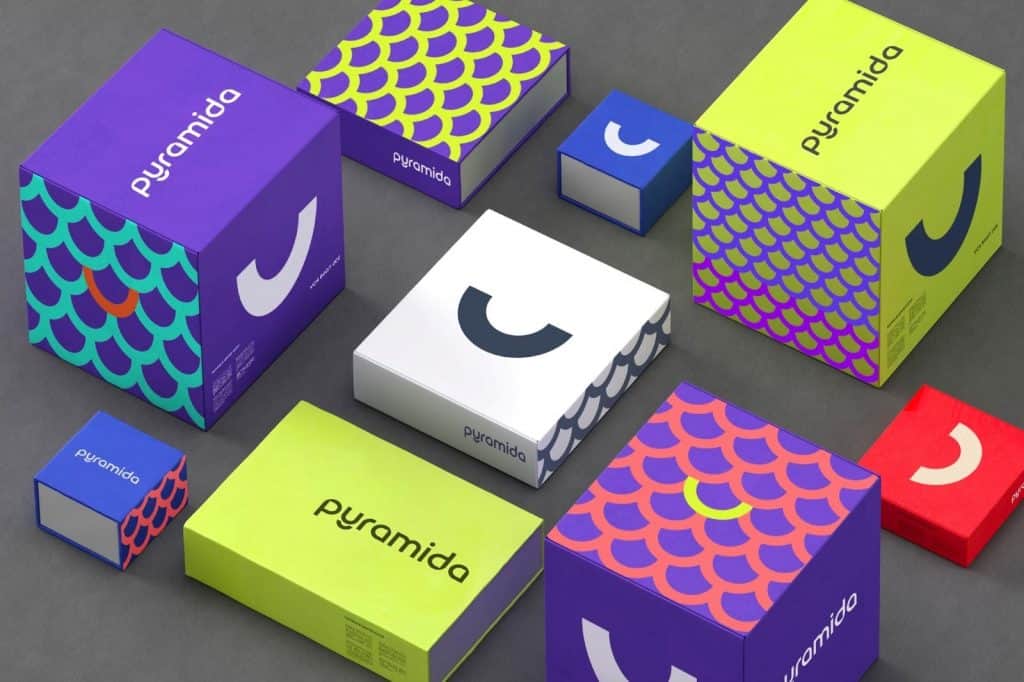
Colour is an incredible force that profoundly influences how consumers perceive and feel about products. It's fascinating how delving into the realm of colour psychology can genuinely enhance the effectiveness of your packaging design. By carefully selecting the right colours, you can evoke specific emotions and ensure they align perfectly with your brand's positioning.
Imagine you're strolling through a store, and suddenly, your eyes are captivated by a burst of vibrant hues on a product's packaging. Those eye-catching colours grab your attention and ignite a surge of energy within you. That's the magic of vibrant colours at work, as they exude a sense of liveliness, enthusiasm, and excitement. They can make a product stand out among the sea of options, creating an instant connection with the consumer.
On the other hand, picture a more serene scenario. You find yourself in a peaceful, zen-like space, surrounded by soft, muted hues that envelop you in a soothing embrace. The tranquillity and calmness that emanate from these colours evoke a sense of relaxation and sophistication. When incorporated into your packaging design, these softer hues can convey a sense of elegance and refinement, enticing consumers who seek a more subdued and refined experience.
When selecting colours for your packaging, it's essential to consider the emotional response you want to evoke in your target audience. Each colour possesses its unique personality and can elicit a range of emotions. By understanding the psychology behind different colours, you can strategically tap into these emotional connections and leverage them to your advantage.
But remember, it's not just about choosing any colour that catches your eye or seems trendy. You must align your colour choices with your brand's positioning. What does your brand stand for? What values do you want to communicate? Selecting colours that resonate with your brand identity will create a harmonious visual language, reinforcing your brand message and attracting the right audience.
5 – Creating a Visual Hierarchy
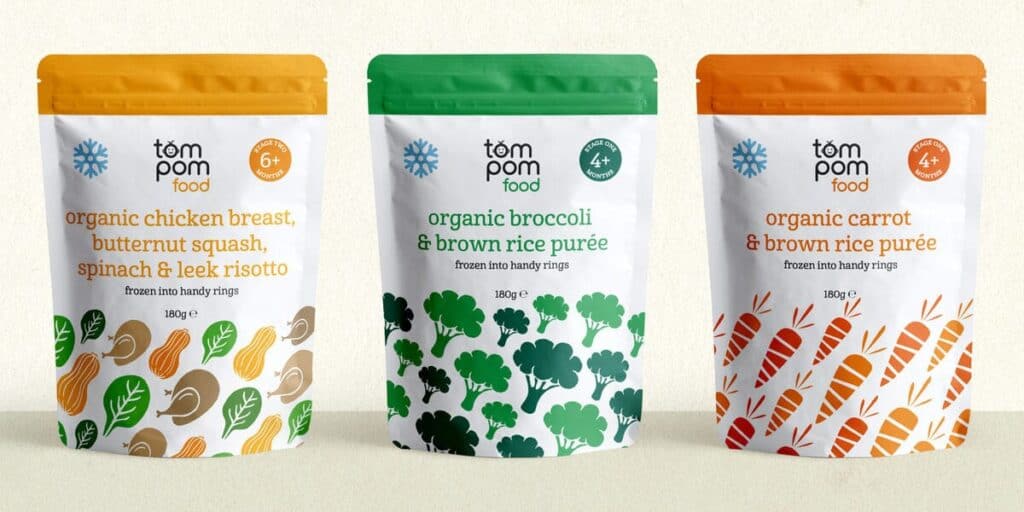
Imagine standing in a grocery store, scanning the shelves for a particular product. Glancing over the packaging designs, one of them catches your eye. It's not just the vibrant colours or captivating imagery that draws you in; it's something more subtle yet powerful. It's the way the elements of the design are arranged, guiding your gaze effortlessly and highlighting what truly matters. That's the magic of a well-executed visual hierarchy.
Visual hierarchy is like a roadmap for your eyes. It's carefully crafted to lead you through the packaging design, ensuring you get all the essential elements. It considers the natural order in which our brains process information and strategically places vital details such as the product name, brand logo, and product imagery to grab your attention.
Typography plays a crucial role in establishing a clear visual hierarchy. Different fonts, sizes, and styles can convey various messages and evoke specific emotions. For instance, bold, uppercase letters signify strength and reliability, while elegant script fonts evoke a sense of luxury. By using typography thoughtfully, designers can create a hierarchy that communicates the brand's personality and captures the essence of the product.
Size variations are another effective tool in the visual hierarchy arsenal. Designers can make certain elements stand out and immediately catch your eye by enlarging certain aspects. Imagine a snack package where the product name is prominently displayed in large, bold letters, while other details are smaller and more discreet. It's all about prioritising information and creating a focal point that demands your attention.
Colour contrast is yet another weapon in the visual hierarchy toolkit. Bold, contrasting colours can create a visual impact and draw your eyes to specific packaging areas. Think of a vibrant orange product logo set against a dark blue background – it's hard to miss, right? By skillfully using colour combinations, designers can guide your gaze and emphasise the most critical elements of the design.
6 – Incorporating Unique Shapes and Structures
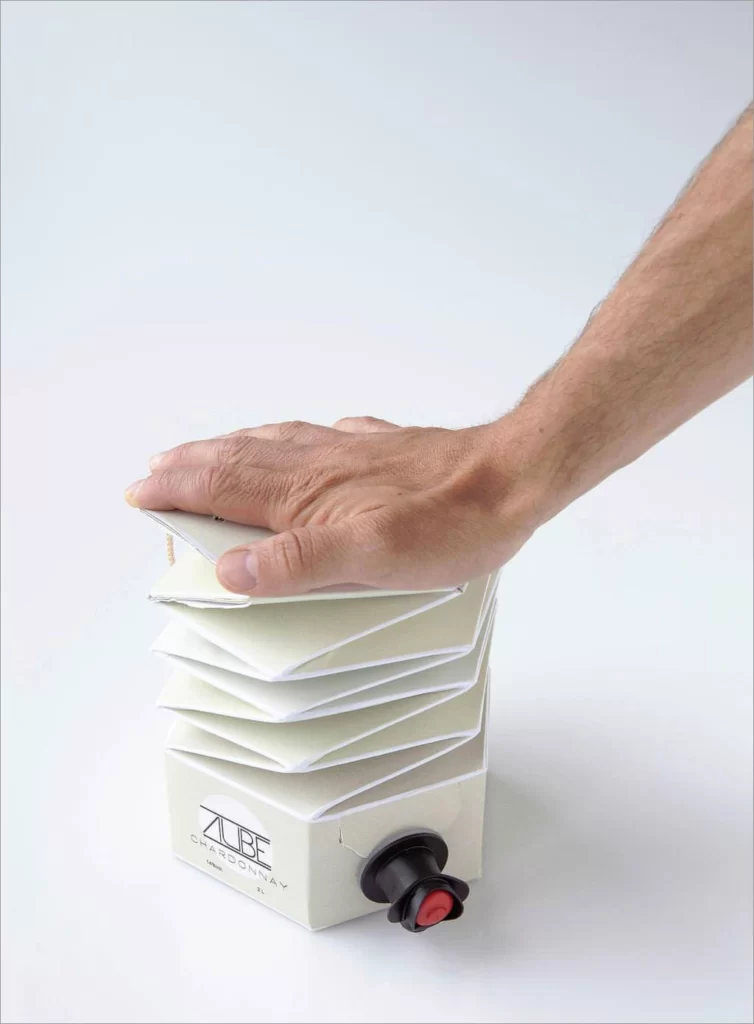
If you're ready to make a bold statement and leave a lasting impression on your customers, why not consider thinking outside the box—literally? Embracing unique packaging shapes and structures is an excellent way to differentiate your brand and stand out.
Picture this: a customer receives a package with an unexpected shape, something they've never seen before. The excitement builds as they anticipate the unboxing experience. It's not just about the product anymore; it's about the entire journey—from the moment they look at the packaging to uncovering what's inside.
But before you go all-in on unconventional forms, finding the perfect balance between innovation and functionality is crucial. After all, the packaging must serve practical purposes, like storage, transportation, and usability. It's not just about catching attention; it's about creating a memorable experience without compromising functionality.
Think about it this way: imagine you design an intricately shaped package that catches everyone's attention, but it's so impractical that it becomes a hassle to store or transport. That's a missed opportunity, my friend. You want your packaging to be a valuable asset that enhances the overall customer experience, not a hindrance.
So, when exploring unique packaging shapes and structures, consider how they can improve your customers' lives. Can the form be functional beyond just aesthetics? Will it make it easier for them to store the product or reuse the packaging for something else? These are the questions you should ponder.
By daring to be different, you have the power to make a memorable impact on your customers. Whether it's a playful twist on a traditional box or an innovative structure that wows everyone, unique packaging shapes can elevate your brand and leave a lasting impression. Just remember to ensure that practicality is never sacrificed along the way.
7 – Prioritising Sustainability
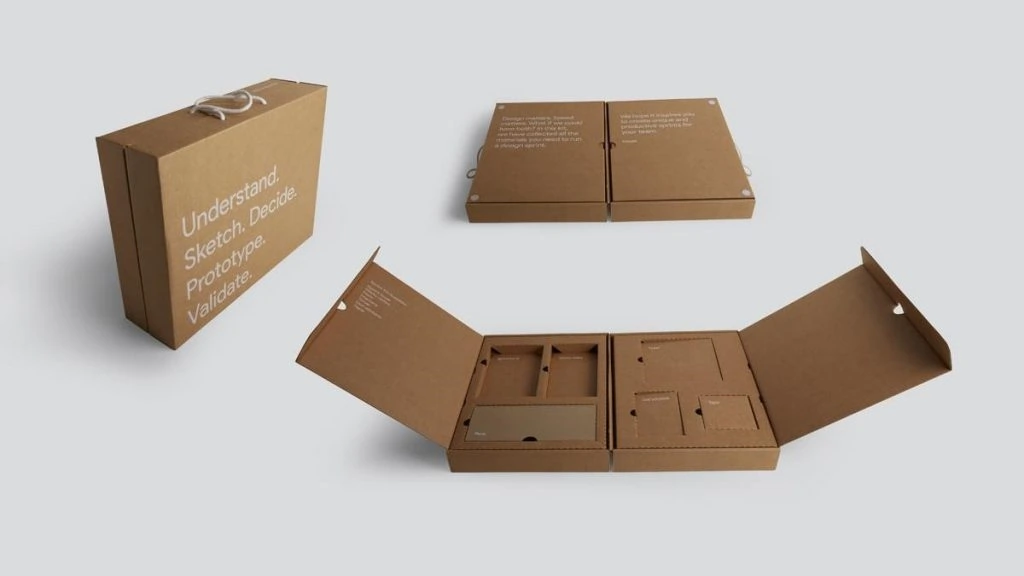
In our world today, where being environmentally conscious is more important than ever, sustainable packaging design is a topic that can't be ignored. It's all about finding creative ways to integrate eco-friendly materials into packaging, like recyclable or biodegradable options, to minimise our environmental impact.
Think about it this way: packaging plays a crucial role in our daily lives, from when we purchase to when we dispose of it. By choosing sustainable materials, we can make a real difference in reducing waste and preserving our planet's resources.
But it's not just about the materials themselves; it's also about effectively communicating your commitment to sustainability on the packaging. This is key because consumers are increasingly aware of environmental issues and actively seek products and brands that align with their values. When they see clear messages and symbols on your packaging that highlight your dedication to sustainability, it can significantly influence their purchasing decisions.
So, imagine this: a beautifully designed package that catches the eye and proudly showcases its eco-friendly credentials. It sends a powerful message that you, as a brand, are taking responsibility for your environmental impact and actively working towards a better, greener future. This kind of transparency and authenticity can create a strong bond between you and your customers, fostering loyalty and trust.
By investing in sustainable packaging design, you're doing your part to protect the planet and tapping into a growing consumer trend. People are becoming more conscious of their choices and their impact on the world around them. So, why not lead this movement and set an example for others?
8 – Incorporating Interactive Elements
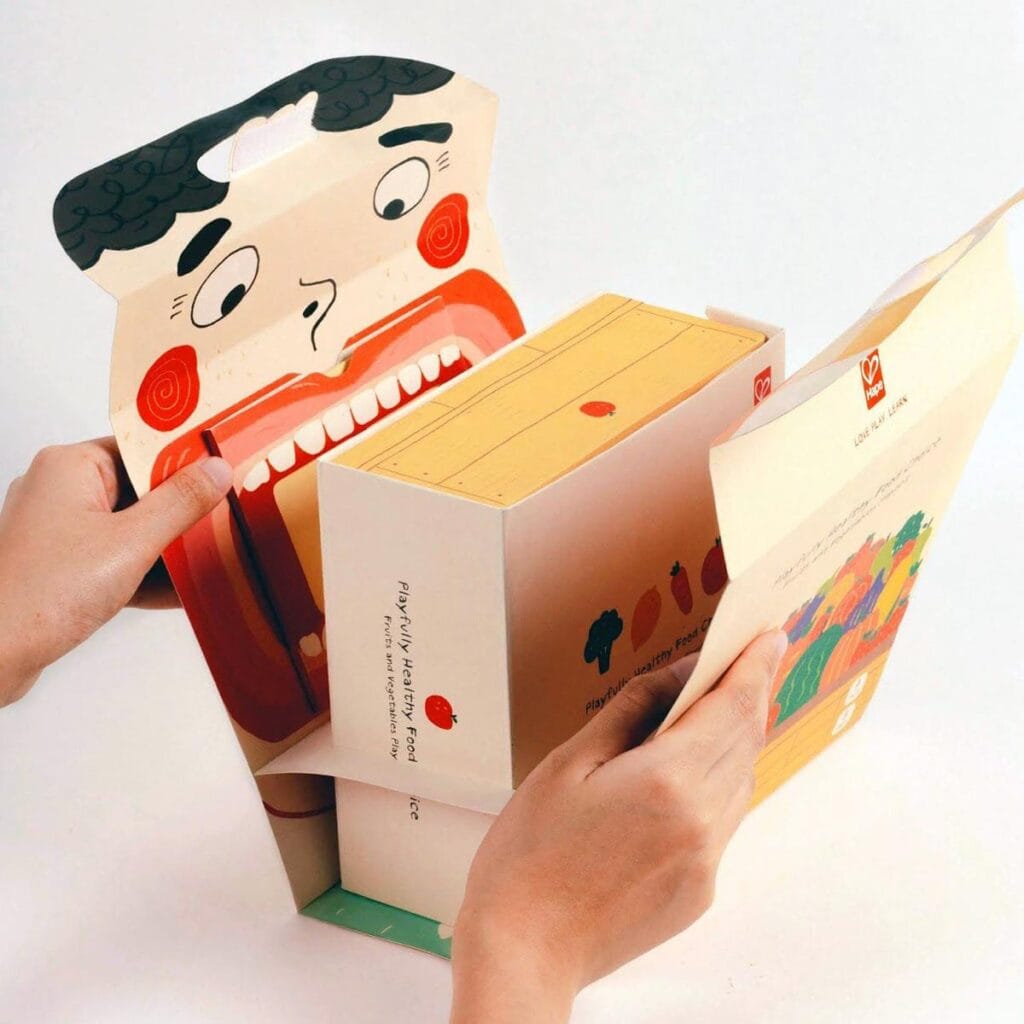
Let's discuss an exciting way to connect with your customers on a whole new level – by infusing interactive elements into your packaging design. By incorporating features like QR codes, augmented reality (AR), or even unique opening mechanisms, you can create an engaging and unforgettable experience for your consumers. It's more than just packaging; it's an opportunity to captivate and delight!
Imagine this: a customer picks up your product, and their curiosity is immediately piqued by a QR code on the packaging. They whip out their smartphone, scan the code, and voila! A world of possibilities unfolds before their eyes. They could unlock additional product information, access exclusive promotions, or even embark on a gamified adventure.
Let's dive deeper into these interactive elements. QR codes are like digital gateways that bridge the physical and digital realms. They allow your customers to access online content related to your product seamlessly. The possibilities are endless, from detailed product specifications and usage tips to behind-the-scenes stories and customer reviews. Customers can instantly connect with your brand by scanning a QR code and better understand your offer.
Let's take things up a notch with augmented reality (AR). Picture this: a customer points their smartphone camera at your product's packaging, and suddenly, a 3D model pops up, showcasing the product from every angle. They can interact with the virtual representation, rotate it, zoom in, and even see it in different colour variations. AR enhances the visual appeal and allows customers to visualise the product in their environment before purchasing. It's an immersive experience that leaves a lasting impression.
But wait, there's more! You can also get creative with the opening mechanisms of your packaging. Think about how a unique unboxing experience can evoke excitement and anticipation in your customers. It could be a cleverly designed pull tab, a hidden compartment that reveals a surprise, or a satisfying magnetic closure. Adding that extra touch of innovation transforms the simple act of opening a package into a memorable event.
Interactive packaging isn't just about creating a buzz but forging a deeper connection with your customers. It shows that you understand their desire for an engaging, personalised experience. By incorporating these interactive elements, you're offering more than just a product – creating an entire journey.
9 – Testing and Iteration

So, once you've developed a packaging design concept, the next step is to dive into the exciting world of testing and gathering feedback. This crucial process allows you to fine-tune and enhance your design based on valuable insights from your target audience. Think of it as a dynamic and iterative journey that brings you closer to creating packaging that genuinely resonates with your intended customers.
Now, there are various approaches you can take to gather feedback and conduct testing. One popular method is organising focus groups. These sessions bring together a diverse group of individuals who belong to your target market. It's like having a lively discussion with many people who can provide valuable perspectives on your packaging design. You can observe their reactions, listen to their thoughts, and note any suggestions they may have. It's an interactive way to tap into the minds of your potential customers and gain insights that can shape your packaging's success.
Surveys are another powerful tool at your disposal. You can create well-crafted questionnaires and distribute them to your target audience. This method allows you to reach more people, providing a broader range of opinions and feedback. Surveys are great for collecting quantitative data, such as preferences, perceptions, and beliefs. You can ask questions about the visual appeal, clarity of messaging, or even the overall impression your packaging creates. You can identify patterns and trends that guide your design optimisation efforts by analysing survey responses.
Another option to consider is A/B testing, a widely used marketing method. This involves creating two or more versions of your packaging design and presenting them to different segments of your target audience. By comparing their responses, you can gauge which design performs better in attracting attention, generating interest, and effectively communicating your brand message. A/B testing provides valuable insights into the effectiveness of specific design elements and helps you make informed decisions about which aspects to refine or emphasise.
Remember, this iterative process of testing and gathering feedback is crucial for packaging success. It allows you to understand your audience's needs and preferences deeper, leading to design improvements that can significantly impact your product's appeal. So, don't shy away from seeking your target audience's opinions and insights—embrace their feedback and use it to create packaging that truly stands out!
10 – Staying Current with Industry Trends
Businesses must stay in the loop with the latest industry trends to keep their packaging design fresh, relevant, and competitive. After all, packaging is often the first point of contact between a product and a potential customer, making it a vital component of brand identity and consumer perception.
To effectively navigate the world of packaging design, it's essential to strike a delicate balance between embracing the latest trends and incorporating timeless design principles. While following trends can give your packaging a modern and eye-catching appeal, it's equally important to ensure that your design has a lasting impact and avoids becoming outdated. Trends come and go, but a well-crafted and timeless design will withstand the test of time.
When it comes to staying up-to-date with packaging design trends, one of the critical factors to consider is consumer preferences. Understanding what consumers find appealing and desirable in packaging can significantly influence their purchasing decisions. For instance, minimalist and eco-friendly designs are gaining popularity as consumers increasingly prioritise sustainability and simplicity. By aligning your packaging design with these preferences, you can connect strongly with your target audience and enhance your brand's image.
Technological advancements also play a significant role in shaping packaging design trends. With the rapid growth of e-commerce and online shopping, brands have had to adapt their packaging to meet shipping and handling requirements. This has led to innovations such as lightweight and durable materials, convenient resealable packaging, and protective designs that ensure products arrive intact. By embracing these technological advancements, you can not only enhance the functionality of your packaging but also provide a seamless customer experience.
Societal changes also have a profound impact on packaging design trends. Packaging design often reflects these shifts as cultural values and social norms evolve. For example, inclusivity and diversity have become essential considerations, and brands increasingly use packaging to celebrate and represent different cultures and identities. Incorporating inclusive design elements allows you to connect with a broader audience and create a sense of inclusivity and belonging.
Wrapping Up the Packaging Design Tips
Effective packaging design goes beyond aesthetics; it's a strategic tool to create a lasting impression, build brand loyalty, and drive sales. By understanding your target audience, emphasising brand identity, simplifying and clarifying the design, harnessing colour psychology, creating visual hierarchy, exploring unique shapes, prioritising sustainability, incorporating interactivity, testing and iterating, and staying current with industry trends, you can unlock the full potential of your packaging design.
Remember, your packaging is often the first point of contact with consumers, so make it count! Implement these tips, experiment, and let your creativity soar to create packaging designs that captivate and leave a lasting imprint in the minds of your customers.

